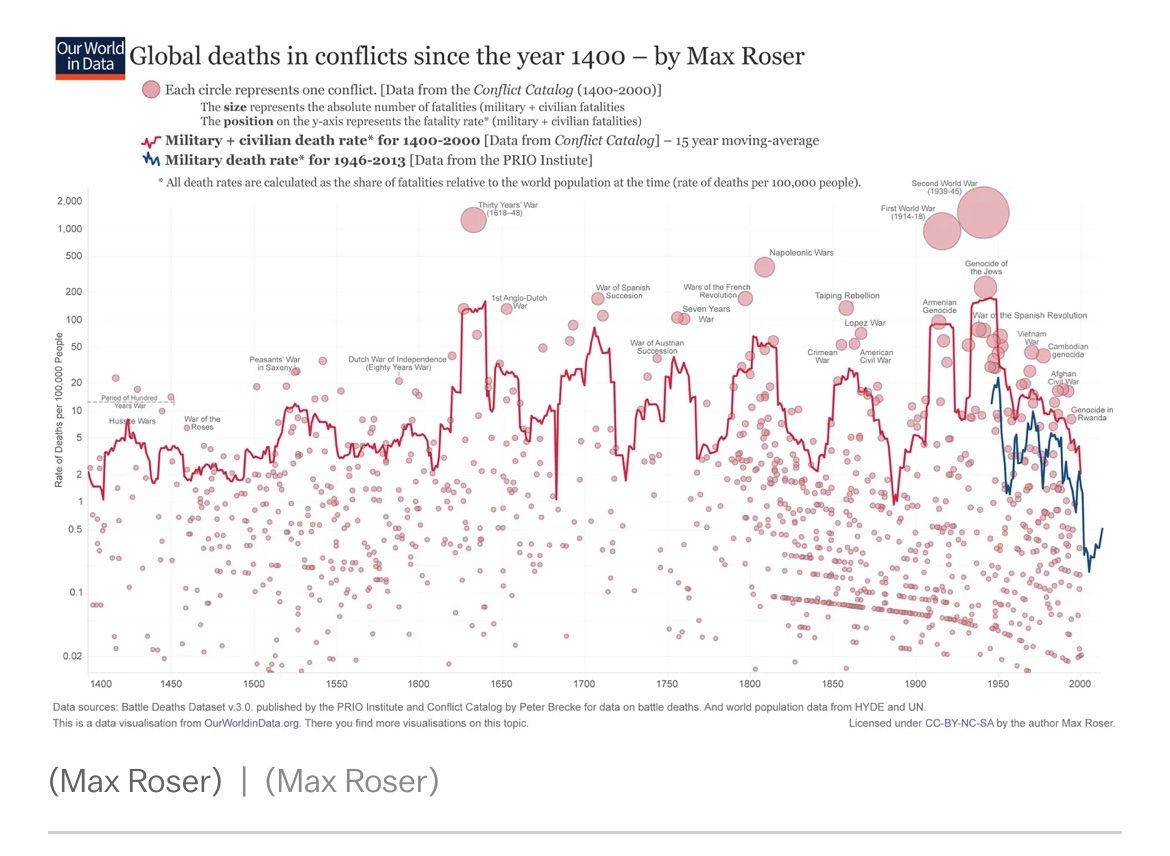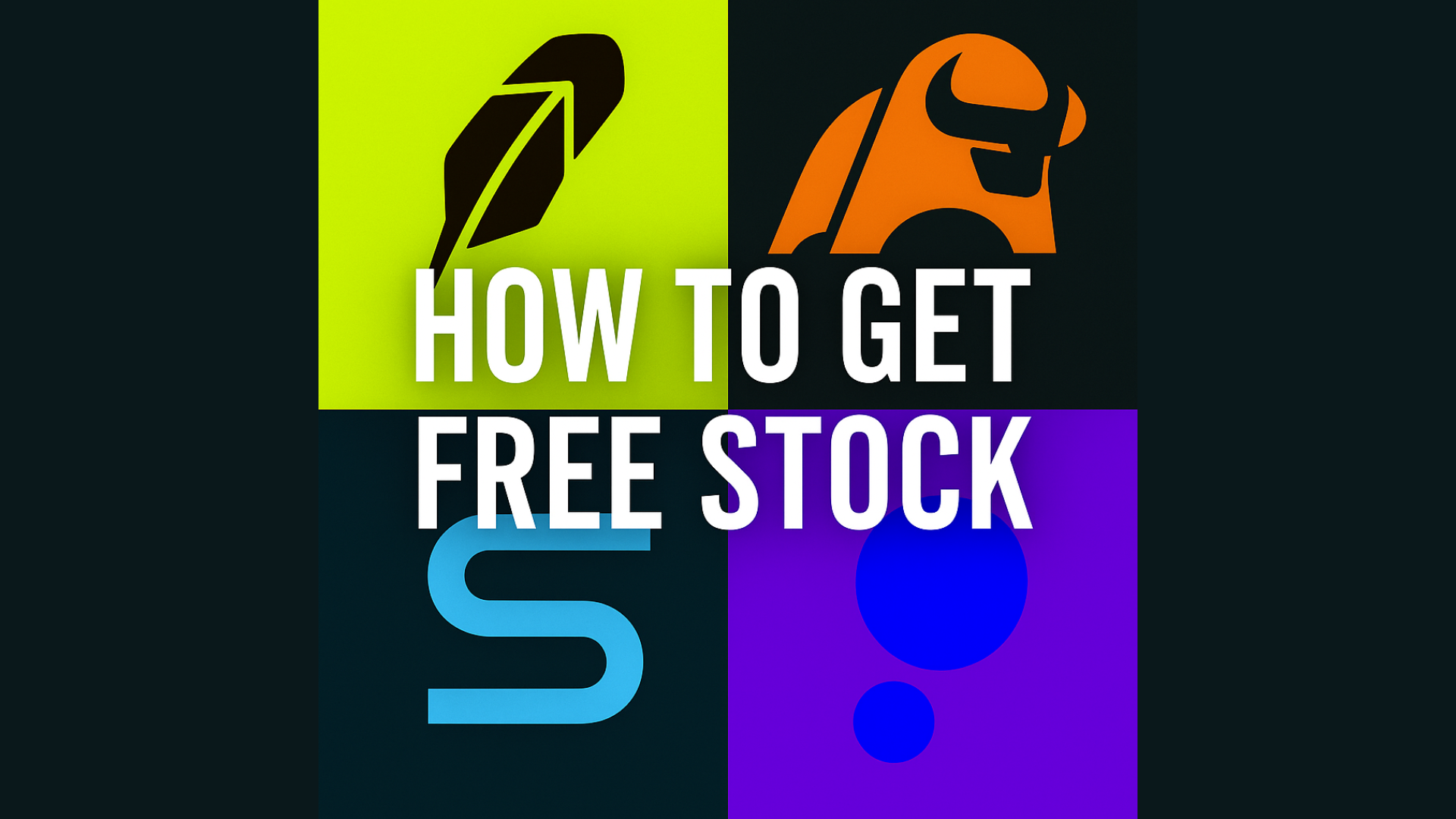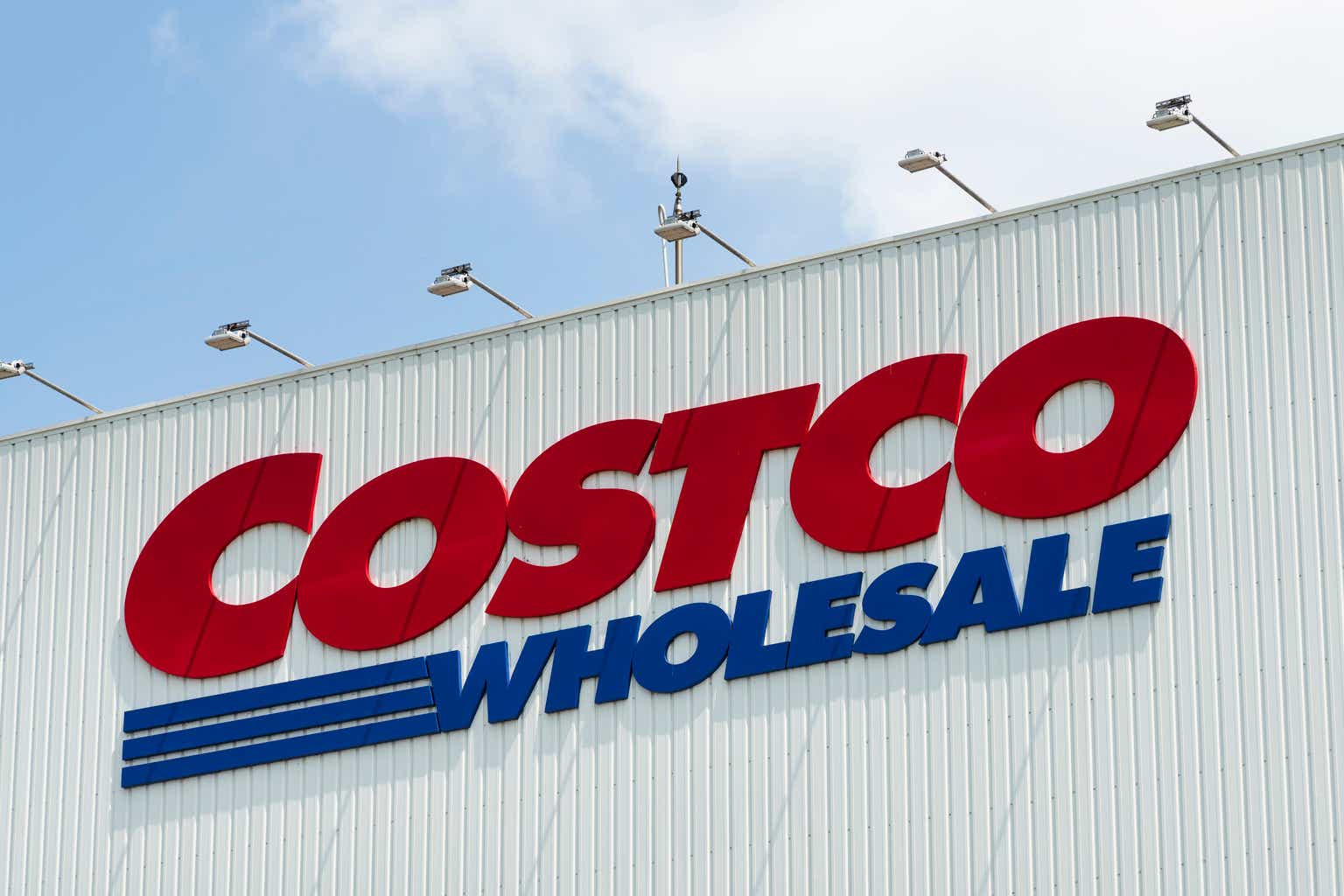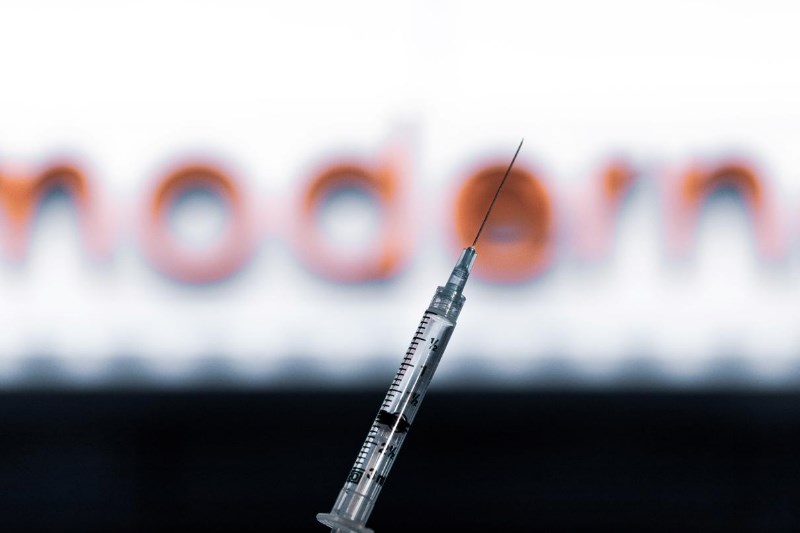Time for another longstanding Stock Gumshoe tradition — every Thanksgiving, for 16 years in a row now, we have looked back over our teaser tracking spreadsheets and called out one terrible pick as the Turkey of the Year. That’s the teaser pitch that provided us with the worst-performing, most-overhyped, or otherwise just the goofiest gobbler of the past twelve months. We try to avoid those that were just bad luck or bad timing, but, like creating a great Thanksgiving dinner, it’s not exactly science.
This honor is not bestowed lightly — to be named Turkey of the Year in Gumshoedom, you must have been a truly awful stock idea, chosen within the last twelve months, and, ideally, you should stand for all that is entertaining (and misleading) in stock newsletter teaser ads.
Most years, we’ve got plenty of candidates… over-promised technology names, failed biotech trials and puffed-up mining stocks tend to fill out the bottom of the Teaser Tracking spreadsheets here at Stock Gumshoe in any given year, with the occasional smattering of frauds and bankruptcies, so who are the most promising nominees for our annual prize?
The time frame we work on is “about a year”… but it doesn’t feel fair to call out a Turkey just a month or two after it is teased, so we actually usually use the September-to-September period to find a qualifying bird.
And I should start with the standard caveats — we don’t subscribe to all these newsletters, we just review their promotional materials, so we don’t usually know when they first recommend a stock to their subscribers, whether their commentary to subscribers is more nuanced than their promotional materials (God, you’d have to hope so), or if or when they might recommend selling it… all we know is when and how they dangled hints about a recommendation as bait to recruit new subscribers.
So who are the candidates? This is your dirty dozen of the worst teaser picks from September 2022 to September 2023… with the data pulled at Friday’s close last week.
What stands out when we look through that list? Well, we track these relative to the S&P 500, to make it a bit more fair, and the market has actually done pretty well since the fourth quarter of 2022… but a lot of those picks were made around that time, in the last few months of last year. Usually we see the truly terrible market picks made at a peak of investor enthusiasm, not near a trough in the market, so that’s a little unusual.
And it probably goes without saying that these companies have been shrinking, that’s usually what’s happening when your stock price goes down dramatically… but they also all started out quite small. The biggest of these has a market cap of only about $2.5 billion now — that would be Plug Power (PLUG), ~$2 billion still puts it in the “small cap” category, depending on who’s doing the categorizing — but most of them are now $200-400 million companies, which means they were all very small even before they lost 60-80% of their value.
Still, most of these are not true “microcap” ideas ($50-100 million or less), which is a bit of a change — last year at this time, like most years, there were a bunch of truly teensy speculative junk stocks at the bottom (you know the kind… failed biotechs, dry-hole oil explorers, pre-revenue technology “ideas” that seem borne more of marketers than engineers, and, usually, a few pathalogically optimistic prospectors who didn’t find their gold).
Though to be fair, it could just be that “junk stocks” got a bit bigger during these past few years of manic free money. And there was one real stinker in that “tiny” category, MyMD Pharmaceuticals (MYMD), which was teased by both Ray Blanco and Frank Curzio in the Fall of 2022 (Blanco had started earlier, his original pitches for MYMD were in early August of 2022, so that didn’t make the cut for this “Turkey Table,” but that would tally up as the worst absolute performer among the teaser stocks of the past two years, it has lost about 94% of its value).
A surprise for me? No bankruptcies yet. We usually have one or two companies that actually go to zero… or at least, we did in the old days, before COVID rescues and near-zero interest rates kept so many zombie companies alive. I thought we might have seen some of the teased picks go under by now as they face rising interest rates, but not yet.
Happy news? Well, if you’ll let me wax selfish a bit for a moment, it’s that I didn’t invest in any of these companies — which hasn’t always been the case. I’ve gotten sucked into a story or two in the past, as longtime readers are probably all too aware, and the last two Turkeys were stocks that also stained my Real Money Portfolio, at least for a little while. I’m glad we didn’t make it three in a row this year.
But who wins? Well, this is complicated somewhat by the fact that several of the “dirty dozen” worst picks over the past year were in heavy rotation for a long time… they were promoted at those prices at least once within our timeframe, but some of them were repeatedly promoted throughout the year, and in a few cases are still actively being touted today, so they were breathlessly pitched at lower and lower price as the stocks declined. Tilson and Stansberry have both continued to pitch Tellurian more recently, for example, so Tilson’s February pitch of TELL at about $1.50 would also almost make the cut to be on that table, even though by then the stock price had fallen ~60% since his initial recommendation six months earlier.
And it’s further complicated by the fact that there are a few duplicates, too — it’s not just that Whitney Tilson and Porter Stansberry both touted LNG hopeful Tellurian in the second half of 2022, and kept doing so throughout 2023… we also saw perennial self-promoter Plug Power touted by both Andy Snyder and Alex Reid back in February, during another wave of “hydrogen will save us all” enthusiasm, as well as Curzio and Blanco both falling into the MYMD trap.
That’s not unusual for both good and bad picks, there are often people piling on to whatever story is easiest to sell to investors — sometimes that’s a good thing, like the dozens of newsletters who have promoted the big tech stocks over the past few years, sometimes it’s a bad thing when there are clinical trial failures or frauds or whatever else causes a hot “story stock” to collapse.
But it means we have a bit of a judgement call to make — and that means the tenor of the sales pitch comes into play a little bit. Which of these ads was full of the most bluster and promise?
Some of that shows up most easily when you’re looking at two teaser pitches for the same stock — Tilson’s spiel for Tellurian was relentlessly optimistic, and included a video he filmed at the site of a (different) LNG plant, and it started just before Tellurian announced how disastrously their latest attempt at debt financing had gone, so I’d say it’s more of a “turkey” than Porter’s ongoing pitch of the same company… partly because Porter was at times a little clearer about the risk in his tease, in noting that they’re trading at a low price because they’re facing a challenge getting financing, though he did also promise the potential for great things in saying he thinks it will go from a $2 billion market cap to $100 billion over the next decade (if so, it would be evermore dramatic now — the first step over this past year was going from $2 billion down to $350 million). My impression is that Tilson was less clear about the risks, and Porter was more ambitious about the upside, so I’d give Tilson the edge for picking more of a Turkey this time out. Again, judgement call.
And similarly, Frank Curzio certainly used some hyperbole in talking up the potential of MYMD’s drug, which was in Phase 2 trials at the time, saying it could be better than Humira… and he had also even touted the stock on TV, and was a buyer personally during one of their earlier private placements… but still, it’s hard to outdo Ray Blanco when it comes to relentlessly overdoing a stock promotion, when his performance in a video presentation includes a disingenuous reveal of the secret patent that just just been rewarded for this coming success, or says an upcoming catalyst will not just lead to a profitable stock pick, but will shock the world and represent the end of a disease. And Blanco kept doubling down on the idea, sort of like Porter and Whitney did with Tellurian, but promoting specific days when huge news would come out and send the stock soaring… with, of course, perfect amnesia about how wrong he had been for the previous six months.
So is it better to own the stock yourself, promote it on TV, and also make big promises about it beating out Humira to become the best-selling drug of all time? Or is it better to put on a show and keep re-promoting the stock with a different “this time it will change the world” catalyst, without ever mentioning the many times you’ve been wrong in that same assertion over the past year? Again, judgement call, but I found Blanco’s pitch more extreme and ridiculous, and slightly more deserving of the Turkey of the Year award than Curzio’s tout.
“reveal” emails? If not,
just click here…
And those stocks which were touted by multiple pundits certainly catch the eye more easily, but we shouldn’t forget how terrible Nomi Prins’ pitch was for the Lion Electric warrants (LEV/WS), particularly since she’s also the only pundit to have two different teaser picks in the dirty dozen (she was teasing a speculative battery company, ESS Tech (GWH), at about the same time, with results almost as bad).
If there’s not a clear winner in the “most hype” category, might it make a difference which pundit was trying to charge the most? There again we’re really splitting hairs, the bottom three performers were all teased by “upgrade” newsletters that have high prices and no-refund policies — Tilson’s Energy Supercycle Investor was pitched at $2,000/yr, Curzio’s Venture Opportunities at $2,500/yr, and Prins’ Rogue Strategic Trader at $1,750. No $49 throwaway letters here, which should come as no surprise — often the promotional hype is most extreme for these publications, because these high-priced, no-refunds letters are where most publishers really make their money (given the relentless costs of advertising this heavily, many newsletters lose money or break even on bringing in new subscribers to their “entry level” publications that cost $49 or $99/year, only making money if those subscribers renew for a few years or can be convinced to upgrade… it often appears that the real purpose of those cheaper publications, which probably have much better overall performance, on average, because they recommend more mainstream investments, is to cultivate a list of subscribers who can be “upsold” on lifetime packages or upgrades to pricier letters).
And none of those folks have seen one of their picks win the Turkey of the Year in the past, so there’s no breaking the tie that way (though Tellurian came close to winning a few years back, when Kent Moors was touting it early on).
So where do we come down? Well, as your friendly dictator here at Stock Gumshoe, I get to make the call… and while I am tempted to award the Turkey of the Year to either Whitney Tilson or Ray Blanco because of the general vibes I got from those teaser ads, amplifying the terrible performance, I usually lean on the math in these cases — when there are several reasonable candidates, I think I should probably just defer to the numbers.
The Winner!
The worst overall performer, and our 2023 Turkey of the Year, was Rogue Strategic Trader’s “Tiny Firm Saving Amazon” teaser target, Lion Electric (LEV), mostly because, as has often been the case for this particular newsletter, Nomi Prins touted the warrants on Lion Electric, not the stock, because that let her promise that you could “play” for under a dollar. She wouldn’t have quite made the cut in pitching LEV as a stock, since the shares only fell from about $2.50 to $1.70 over the past year, but in pitching the $11.50 SPAC warrants on Lion Electric, which seemed like unnecessarily irresponsible leverage even at the time, she created a relative loss of well over 100% (that 112% relative loss just acknowledges what the real-life experience would have been — the S&P 500 is up more than 20% since Prins pitched those warrants, so you did’t just lose 86% by buying the warrants and watching the price collapse, you also missed out on what you would have made if you had just bought an index fund).
And this might not even be a stock pick from Nomi Prins herself, frankly — this Rogue Strategic Trader letter always seemed to be mostly a way to tie the big picture “fight the Federal Reserve” character that Nomi Prins has created with her books and non-investing punditry, with a political slant that appeals to many newsletter customers who lean libertarian or like to yell at politicians, to the stock picks made by her publisher’s cousins at Casey Research, particularly Dave Forest’s pitches for Casey Strategic Trader, and Forest similarly touted Lion Electric as a way to get “Amazon warrants” way back in 2021 (his performance would have been even worse, he pitched the warrants at about $4 so they’ve now lost almost 99% in two years). Nomi Prins, like Jim Rickards and some other pundits who publishers can sell using their political stance, niche celebrity, or crisis outlook, may well rely on the minions whose names are below the fold to do the work of actually making and tracking stock picks… which is probably sometimes good and sometimes bad. (I’m just speculating here, by the way, I don’t know how it works behind the scenes at these newsletters — maybe Rickards and Prins are very involved in picking the stocks that they promote).
How is Lion doing now? Well, my first impression is “about the same,” though investors are less patient with the “save the future” EV companies than they were a year or two ago. They’re still making and selling electric trucks and buses, and they’re still losing quite a lot of money on each one, with hopes of profitability continuing to recede out to the horizon as each quarter passes. It looks like they’re starting to run a bit low on cash as well — they burn through an average of $30-40 million in cash each quarter, it appears, and they were down to $35 million or so in cash as of September, but they do have some accounts receivable, and they have been able to borrow money recently thanks to their order flow, so I don’t know if they’ll hit a crisis point or not. Analysts have gradually been bumping their “target prices” down as the stock has declined, nobody foresees profitability until at least 2026, but they do have a bunch of orders and they are growing revenue, so they might make it through.
But there you have it, we’ll settle for “worst loser” as our Turkey of the Year, and that means the Lion Electric warrants go into the books as the 2023 Turkey of the Year. And since this was one of the many disastrous SPAC deals over the past few years that tempted people, either as stocks or warrants, it feels appropriate to at least get one SPAC washout into the long list of Turkeys (there may be more, we’ll see what the future holds).
How has 2023 shaken out overall?
Well, when it comes to relative performance for these hype-selling pundits, 2021 picks ended up being terrible… 2022 was a little bit better, and 2023 so far has been a bit of an improvement again. If you bought all of the stocks teased in equal amounts at the time they were pitched by a newsletter promo in 2021, you would have “underperformed” the S&P 500 by about 38%, 2022 picks, measured a year ago, would have only done about 13% worse than if you had just bought the index on each of those days instead (though that has gotten worse over the past year, 2022 picks are now on average 27% behind the index)… and 2023, so far, is pretty good. Stock picks teased in 2023, year to date, are now coming in about 7% worse than the index. 10-12% underperformance is more typical of teaser stocks in general over a year or two, so on that front 2023 is shaping up as slightly above average. So far.
Turkey History
If you’re newer to Stock Gumshoe, we’ve been tracking heavily promoted teaser stocks since 2007, and named our first Turkey of the Year in 2008 — and you can go all the way back to see how those 15 previous Turkeys matured or recovered.
A visit with past Turkey of the Year winners will quickly turn into a cautionary tale about the dangers of bottom fishing — last year’s Turkey was Voyager Digital (VOYG.TO back when it was listed), the cryptocurrency brokerage, and they had already gone into bankruptcy before the prize was awarded, so there wasn’t really a “buy the beaten-down Turkey” opportunity for anyone with any sanity, but sometimes people do get tempted (the stock still trades over the counter at VYVGQ, with that dreaded “Q” appended — Q at the end of an OTC-traded ticker is good shorthand for “Quit looking at this, dummy”).
Back in 2021, though, it was Intrusion (INTZ) that walked home with the prize, and there was sort of a real business still hiding under the over-promotion the company had done, so in some ways it was hard, at the time, to imagine their story getting a lot worse… but it did, the stock is down another 90% or so in the last two years. (Yes, those are the two Turkeys that I at least speculated on at one point, though thankfully I didn’t ride either ship down to the bottom of the ocean).
The 2020 winner LimeLight Networks later changed names (it’s now Edgio (EGIO)), but has continued to fall, down another 90% or so since it was named the 13th Turkey of the Year three years ago.
You get the idea. Most of the older ones have continued to disappoint as well, and many of them don’t really exist anymore — 2019 marijuana pretender Crop Infrastructure (CRXPF) merged with Vert Infrastructure, then went into receivership a year or so later and has wafted into nonexistence like a smoke ring.
Others have been through another hype cycle or two in the intervening years but still fallen over time, like 2017 winner Aqua Metals (AQMS)… the only one that has ever really meaningfully recovered has been 2018 winner Indivior (INDV.l, INVVY), teased by Chris Mayer, and that hasn’t been a great investment, it’s really just a standout for being a survivor. Coincidentally, I think Chris Mayer is the only winner of this prize that has left the newsletter business (he now manages a private fund, managing some of newsletter pioneer Bill Bonner’s money, among others).
For posterity’s sake, here are the other previous winners… most of them are gone now, either reverse split to infinity or shedding shareholders through a bankruptcy or two. A couple of the names still exist in some form, but I’m pretty sure that all of them ended up being 100% losses for investors who bought anywhere near when they were initially teased and held through to the bitter end:
SunEdison in 2016 (Kent Moors’ Energy Advantage)
CT Partners in 2015 (Louis Navellier)
Solazyme in 2014 (Jimmy Mengel and the Motley Fool both pitched this one
HRT Participa in 2013 (Byron King, who these days I think serves as ‘geologist’ for Jim Rickards, probably picking his gold stocks)
Gasfrac in 2012 (Sean Brodrick and Keith Kohl) (even the company that bought Gasfrac’s assets out of bankruptcy several years later, STEP Energy (STEP.TO), has lost most of its value since)
Tengion in 2011 (Steve Christ)
SuperMedia in 2010 (Hilary Kramer) (that one recovered briefly when merging with Dex One, and the ashes persist as Thryv Holdings (THRY), but in the meantime it went through at least one investor-destroying bankruptcy)
Raser Technologies in 2009 (Nancy Zambell and the Oxford Club both teased this one)
Potash North in 2008 (Andrew Mickey).
A few caveats for this whole exercise, just to be clear:
- As I noted above, we don’t know what the specific advice was from any of these newsletters — maybe they doubled down on the stock when it dropped, maybe they stopped out or changed their minds the day after we covered the tease, we don’t subscribe so we don’t know… because all we know about a stock is when it was teased as a world-beater, we set our tracking to just assume that you bought the stock on the day the newsletter teased it and held it forever.
- And as a corollary to that, this is not necessarily a reflection on the newsletter pundit who promoted the Turkey — yes, we should use this moment to remind ourselves that the marketing pablum skews our perception and has to be actively ignored, but sometimes the newsletter editors don’t even really have anything to do with the teaser pitches their publisher uses… and the overall performance of a newsletter’s portfolio is presumably often different from the performance of their most actively touted “teaser” stocks. Stocks that are teased aren’t necessarily really the “best idea” of the newsletter pundit, sometimes they’re just the stock whose story is easiest to sell.
- This is not necessarily meant as a criticism of those particular newsletters — I think of the annual Turkey Award as being a bit more light-hearted than that, since we all do dumb things sometimes, but also as a reason to be cautious about exciting stories. The best way to do that is by pointing out, at least once a year, a few of those moments when the emperor, at least in retrospect, wasn’t wearing any clothes.
Past Turkey of the Year winners have won for lots of different reasons — sometimes they ended up being actual frauds or scams, with management who lied… sometimes they just borrowed too much money at the wrong time. Often they were sold as a story but hadn’t yet gotten past the first chapter and turned that story into a real operating business, and occasionally they were bets on a big event that failed (like a hoped-for oil discovery, or a drug trial).
What’s missing? There has (very) occasionally been a little bit of revenue growth behind a Turkey finalist, and once or twice one of them even reported a profit, but the winner has never been a company with any kind of history of stable operating results… let alone rising revenues or growing earnings. Lion Electric might end up being an exception to that rule, since they at least have growing revenue… but we’ll see how it shakes out over time.
So what’s the lesson? Same as it ever was… stories disappear more easily than dollars.
If you stick with companies who have proven their promise to some degree, with evidence of actual growth or meaningful profitability in their financial results, not just in their future daydreams and their investor presentations or in the minds of optimistic pundits, maybe you can avoid bringing a Turkey home.
Nobody’s perfect, though — as I said, the last two Turkey of the Year winners were both stocks that I personally speculated on for at least a little while. The world continues to be unpredictable, and I imagine we’ll all make more mistakes than we’d like.
What’s my biggest blunder of a buy over the past year? We’d have to go back slightly more than a year to find my last real bottom-of-the-barrel stinker, though I certainly own many stocks (or have sold them, in a few cases) that performed poorly over the past 12-15 months — the worst single trade has probably been my purchase of Stem (STEM) back in August of 2022, a blow which was only partially cushioned by the fact that I paired it with a more established and successful company in that same energy storage space, Fluence (FLNC), though the 20% gain at FLNC hasn’t come close to erasing the near-80% loss that STEM has shown at this point. I posted an update on that sector for the Irregulars back in September, and still own both, though I’ve never added to them and they remain tiny positions.
So that’s it for this year’s roasting of the Turkeys…. Happy Thanksgiving, everyone! I’m thankful for your continued readership and your support of Stock Gumshoe, and delighted that you continue to make this the finest spot in cyberspace. We will be closed for the holiday, so enjoy your break from my blather — no Friday File this week, and I’ll be back to dazzle you with more stories of promise and peril next week… thanks for reading!
P.S.: In case you’re wondering, we will have an optimistic version of this look-back as well… right around the end of the year, usually between Christmas and New Year’s Day, we’ll highlight the BEST teaser stocks picked over the last year. And, of course you can always peruse the Tracking Spreadsheets to see which winners… or turkeys… might be your favorite.
P.P.S. Have a Turkey of your own to get off your chest? It can be good for the soul to acknowledge it and move on, and we’re ready to listen. Think I should have picked somebody else? Have an ugly Turkey from the investing world that never graced the pages of Stock Gumshoe? Feel free to share with a comment below.
Disclosure: Of the companies mentioned above, I own shares of Amazon, Fluence and Stem. I will not trade in any covered stock for at least three days after publication, per Stock Gumshoe’s trading rules.
Irregulars Quick Take
Paid members get a quick summary of the stocks teased and our thoughts here.
Join as a Stock Gumshoe Irregular today (already a member? Log in)
















